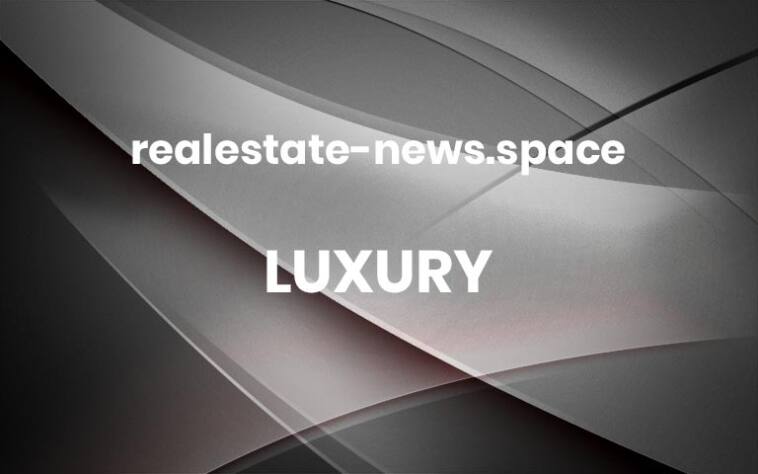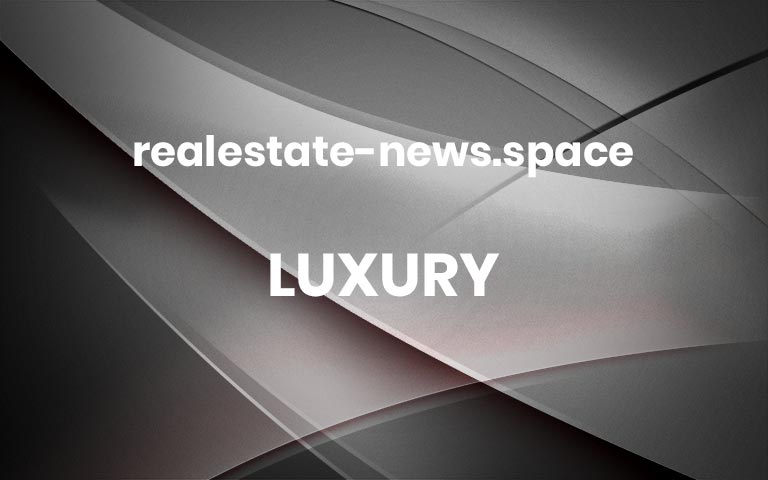Once the domain of conspiracy theorists and off-grid survivalists, bunkers have gone glam. Today’s ultra-secure sanctuaries are being built not just beneath remote ranches or desert compounds, but under some of the world’s most elite estates. And these hideaways are no longer concrete boxes filled with canned food—they’re luxury retreats stocked with five-star amenities.
“Clients are thinking more critically about safety and long-term preparedness,” says Chad Carroll of The Chad Carroll Group at Compass. “This isn’t limited to stereotypical ‘doomsday preppers’—we’re talking about business executives, celebrities, and global investors who want peace of mind in any situation.”
Driving this new trend, brokers and builders agree, is a potent mix of global anxiety and cultural influence. “World events have shifted from political theater to geopolitical crisis,” says Naomi Corbi of SAFE (Strategically Armored & Fortified Environments), a firm specializing in ultra-secure residential design. “And for those with deep insight and access to elite-level intelligence, the existential implications are undeniable. They’re acting accordingly.”
That desire has transformed the modern panic room or shelter into something far more extravagant and deeply personal. “What were once rudimentary shelters have become bespoke sanctuaries,” Corbi says. “Today’s clients want features that mirror their lifestyles—often with highly individual touches.”
Today’s secret bunkers and panic rooms can be tailored to reflect each client’s taste and lifestyle.
Courtesy of Naomi Corbi, SAFE
One SAFE client, a professional golfer, installed an immersive simulator replicating the world’s top 50 courses alongside a regulation-grade putting green. Another—a major art collector—commissioned a climate-controlled gallery inside their bunker, protected to NBCET (Nuclear, Biological, Chemical, Electromagnetic, Technological) standards. Others have requested private theaters, hydroponic gardens, fabrication workshops, holding cells, and even in-shelter crematoriums. As Corbi puts it, “The scale and complexity of these environments have expanded dramatically, evolving far beyond survivalist shelters into fully integrated, high-comfort retreats.”
Bill Rigdon, founder and CEO of Panic Room Builders, has seen that evolution firsthand. His firm began with faith-based shelters for Mormons decades ago and now specializes in full-fledged underground compounds that are often hidden in plain sight. “You go to your bedroom panic room, take an elevator down into a tunnel, and that leads to the bunker,” he explains. “I mean, it’s getting that complicated right now.” Some even include private gun ranges and drone-defense hatches.
In certain markets, the presence of a panic room has become a strategic selling point. “The funny thing is, in L.A., when they can’t sell a house, they’ll call me and say, ‘Can you put a panic room in?’” Rigdon says. While much of this demand is kept quiet, a growing list of high-profile names are rumored to be building bunkers or secure estates. Microsoft’s Bill Gates is said to have bunkers beneath multiple homes, while Meta CEO Mark Zuckerberg is reportedly building a $300 million compound in Hawaii that includes a 5,000-square-foot underground bunker with its own energy, water, and food infrastructure. Other celebrities—including Kim Kardashian, Tom Cruise, and billionaire Peter Thiel—have reportedly explored or started similar projects.
High-end kitchens and bathrooms are top-of-the-list features.
Courtesy of Naomi Corbi, SAFE
“For these people, there’s no expense,” Rigdon says. “They want that comfort level they’re used to in their residences, and we provide that.” He notes that protection often scales with wealth: Once estates hit nine figures, demand shifts toward full-scale underground sanctuaries. One of his current projects, for a Las Vegas casino magnate, involves a compound with a primary residence estimated at over $200 million—not including the bunker beneath it. Others are opting for remote ranches in Montana or Wyoming, where private airstrips offer quick escape routes. Many of these clients, he adds, have access to elite intelligence regarding geopolitical risks, economic volatility, and even AI threats.
And while discretion remains paramount, some ultra-wealthy clients are becoming more creative with how they use these spaces. “We recently completed a 120-square-foot precision shelter and are now building an 11,000-square-foot subterranean sanctuary for a family of four,” Corbi says. In one extreme case, SAFE even designed a private replica of the Monaco Formula 1 Grand Prix circuit—complete with harbor and tunnel—for a client’s children to race 100+ mph electric karts underground.
Rigdon notes that many clients are dual-purposing their bunkers as high-end guest residences or weekend retreats. “We did one in a bamboo forest,” he says. “You walk through the trees and—boom—there’s your entry. It’s a bomb shelter, yes, but decorated to the nines, with every comfort you can imagine. And it’s safe.” The final layer of protection? A custom blast door sourced from Switzerland.
Rigdon insists his clients live in their bunkers for a short period after completion to test them out. “I tell them, ‘Once I finish, I want you to stay there for two weeks. You can leave if you have to—but I want you to really use it. Make sure everything you’re counting on is in place. That it feels like a real safety net.’”
Amenities can range from saunas and gymnasiums to shooting ranges and bowling alleys.
Courtesy of Naomi Corbi, SAFE
That ethos is also driving a “try-before-you-need” microtrend. Rigdon’s company currently has plans for a survival facility in Beverly Hills underneath a hotel. “From the air, it’s going to look like an alfalfa field—but it’s not,” he says. Guests will be able to book stays and experience life in a luxury bunker before purchasing a unit of their own—each priced at over $1 million.
Of course, not all high-security features are made public. “Discretion is everything at this level,” says Dina Goldentayer of Douglas Elliman. “These features are rarely highlighted in listing materials… and their existence is typically only disclosed during private conversations between agents and trusted buyers.” Carroll agrees: “These are custom additions tailored to very specific personal needs.”
And, at the top end of the market, security has become just as important as other creature comforts. “Luxury is about peace of mind,” says Carroll. “Today’s buyers aren’t just looking for square footage and finishes—they want autonomy and control. That means full-home generators, reinforced architecture, private water reserves, and, in some cases, even off-grid capability.”
And for some, control means girding against potential threats that sound more like science fiction. “Today’s next-level secure estates must go beyond traditional risks,” says Corbi. “We’ve expanded into protecting against artificial superintelligence, arguably the most profound existential threat humanity has ever faced.” SAFE’s new division, AERIE, offers a new kind of security architecture—designed specifically to defend against threats from superintelligent systems. Radiation protection remains a recurring concern as well, especially in cities like Los Angeles. Rigdon says his team has installed advanced air filtration systems capable of blocking radioactive particles, ensuring residents can safely shelter amid fallout.
Rigdon, who worked as a consultant on the 2002 film Panic Room starring Jodie Foster, has been around a long time and watched pop culture fuel the recent rise of high-end survivalism. Today, apocalyptic narratives, from Hulu’s Paradise to Leave the World Behind on Netflix and James Cameron’s upcoming adaptation of the atomic bomb exposé Ghosts of Hiroshima, are increasingly shaping real-world demand. “People used to laugh at me,” Rigdon says. “Now? I’ve never been busier.”
Authors
Abby Montanez
Abigail Montanez is a staff writer at Robb Report. She has worked in both print and digital publishing for over half a decade, covering everything from real estate, entertainment, dining, travel to…
Read More More



